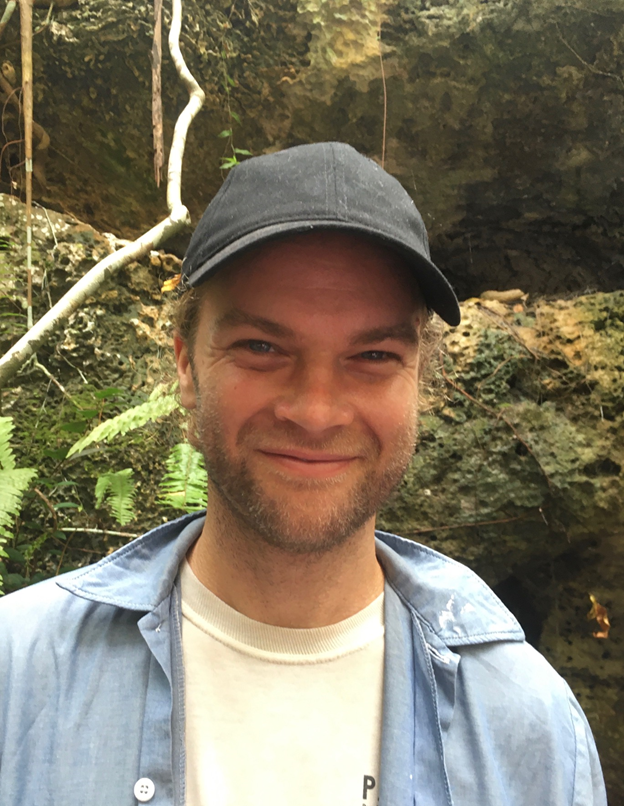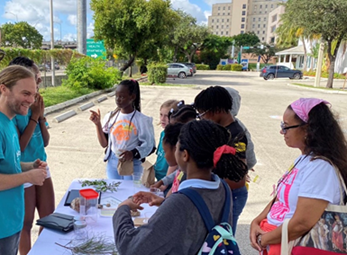Wagner Creek is an urban stream in the Miami River watershed that has suffered severe pollution for decades, becoming known as Florida’s single most contaminated waterway. The restoration of this stream is therefore critical to improving water quality in the Miami River and Biscayne Bay, both of which receive inputs from Wagner Creek. Calls for action have achieved mixed results over the years, while reports of very poor water quality continue. In a watershed that is central to Miami’s urban sprawl, truly successful and lasting restoration must find a balance between the needs of local communities and the ecosystem itself.
Mason Bradbury, a graduate student with the NSF CREST Center for Aquatic Chemistry and Environment, is uncovering the site history and social context behind Wagner Creek and the calls for urban restoration initiatives. Bradbury’s research focuses on the environmental history of the area: the complex sociopolitical processes that ultimately led to the degradation of this waterway and impoverishment of surrounding communities, along with the present-day social context of efforts to restore water quality in Wagner Creek.
Bradbury’s work, which is jointly supported by the CREST Center and the Deering Estate Foundation, is taking an in-depth look at social concerns related to the multi-faceted restoration efforts. At its core, his project includes the perspectives of local communities to ensure that restoration efforts will effectively serve all stakeholders -- the urban residents that live or work around the waterway and the biological communities that depend on it.
The NSF CREST Center for Aquatic Chemistry and Environment is housed within the Institute of Environment, a Preeminent Program at Florida International University.

